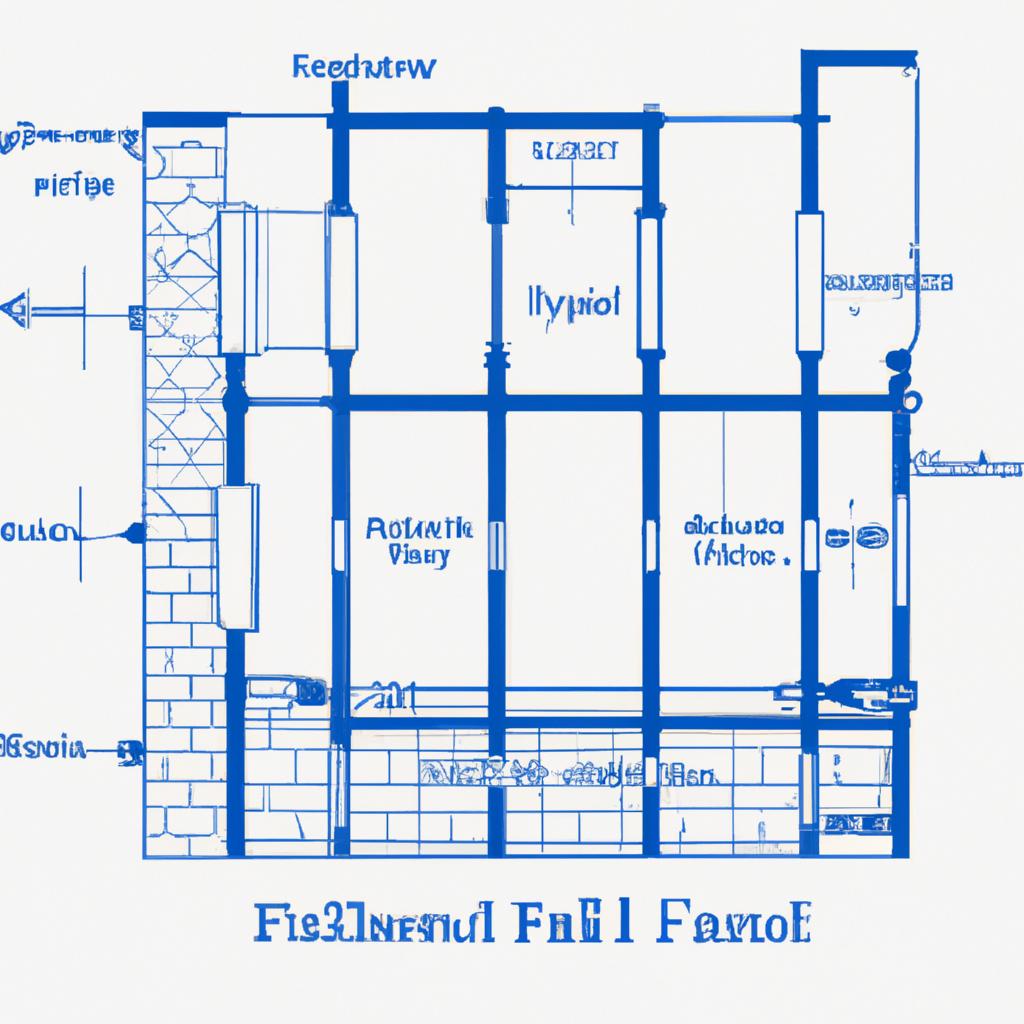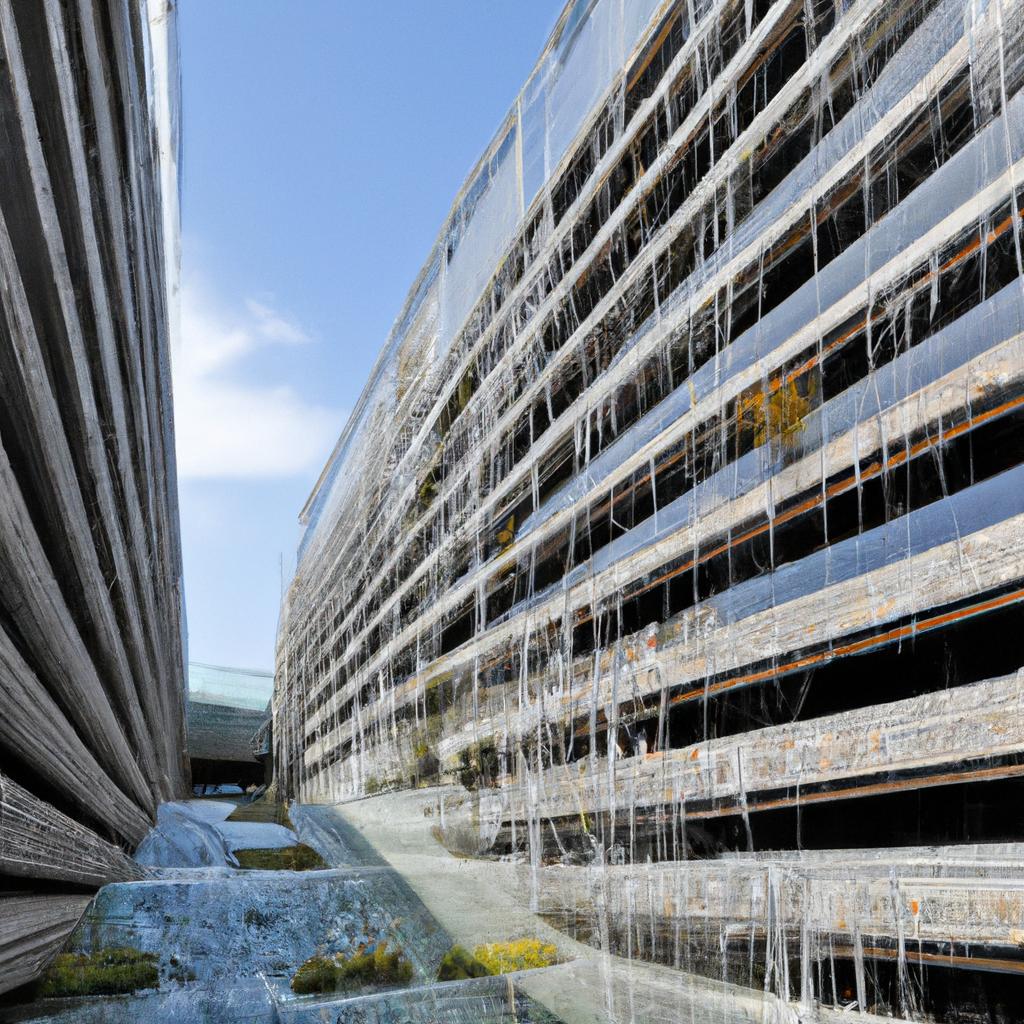Building with waterfall is a tried-and-true project management methodology that has stood the test of time. It provides a highly structured and linear approach to software development, making it a preferred choice for many industries. While there are newer methodologies available, building with waterfall remains a viable option for large-scale software development projects with well-defined requirements. In this article, we will explore the benefits, steps, and challenges associated with building using the waterfall methodology.
Benefits of Building with Waterfall

- Cost-effectiveness: The waterfall methodology enables project managers to establish the project’s scope and requirements early on, preventing scope creep and reducing the risk of budget overruns.
- Well-defined process: The clear and well-defined process of the waterfall methodology makes it easy for project managers to plan and execute projects effectively, resulting in better outcomes.
- Predictability: With each phase of the methodology completed before moving on to the next, the waterfall methodology ensures a high level of predictability, keeping the project on track and on schedule.
- Ease of management: The sequential nature of the waterfall methodology makes it easy for project managers to monitor progress and identify potential roadblocks, making it ideal for complex software development projects.
- High-quality output: The thorough testing phase in the waterfall methodology helps identify and resolve defects before the software system is released to end-users, ensuring a high-quality output.
Steps in Building with Waterfall

The waterfall methodology consists of a set of distinct phases that must be completed in order:
Requirements gathering
The first phase involves gathering and documenting the project’s requirements, including scope, objectives, and deliverables.
Design
The second phase focuses on designing the software system, specifying its architecture, components, modules, interfaces, and data.
Implementation
The third phase involves coding the software system based on the design specifications established in the previous phase.
Testing
The fourth phase includes thorough testing to ensure the software system meets the specified requirements. This includes unit testing, system testing, integration testing, and user acceptance testing.
Deployment
The final phase is the deployment of the software system, including installation, configuration, and delivery to the end-users.
In summary, the waterfall methodology provides a structured and systematic approach to software development, delivering high-quality output while maintaining cost-effectiveness, predictability, and ease of management.
Challenges of Building with Waterfall

While the waterfall methodology has its benefits, it also presents some challenges. These challenges include:
- Rigidity: The linear approach of the methodology makes it difficult to accommodate changes or deviations from the original plan. Implementing changes may require starting the project from scratch.
- Limited flexibility: Each phase must be completed before moving on to the next, leaving little room for flexibility. This may not be suitable for projects with ambiguous requirements or quick turnarounds.
- Difficulty in accommodating changes: The linear approach of the waterfall methodology makes it challenging to make changes to the project’s scope, objectives, or deliverables, leading to delays and increased costs.
- Lack of collaboration: The linear approach can hinder effective collaboration among team members and other stakeholders, resulting in misunderstandings and delays.
Conclusion

In conclusion, building with waterfall offers a structured and reliable approach to software development. It provides several benefits, including cost-effectiveness, predictability, and high-quality output. However, it also presents challenges such as rigidity, limited flexibility, difficulty in accommodating changes, and lack of collaboration.
To build with waterfall successfully, project managers need to follow a well-defined process that includes requirements gathering, design, implementation, testing, and deployment. It is essential to anticipate and address the challenges associated with the methodology.
In the world of software development, while newer methodologies have emerged, building with waterfall remains a valuable option for large-scale projects with well-defined requirements. By understanding the benefits and challenges of the waterfall methodology, project managers can make informed decisions about its suitability for their projects.


